|
|
Condensation on Double Pane Windows
|
|
Question
I have:
- HI-efficiency furnace with its own intake & exhaust
- 3" flex duct connected to the cold air return about 10' away from the furnace
- Conventional water heater which vents up the chimney
- Cold air return registry installed in the basement.
- Home is 59 years old and the windows are 20 year old but vinyl and double pane.
The humidity is 29% according to my humidity reader; dehumidifier would not come on because it is below 35%. The outside temperature is -20 deg C and my house temperature is set at 66 deg F.
I have lots of condensation and frost on all of the upstairs windows, which are double pane and no condensation in the basement. Can some one explain why I am having this problem the humidity is low enough I cannot go any lower because it will dry out my house.
I taught it was back draft from the water heater but I don't know can anyone think of any thing.
Here is the pictures of my setup as I said earlier, this shows the cold air return vent, location for cold air return in regards to the water heater and furnace as well as the fresh air intake.
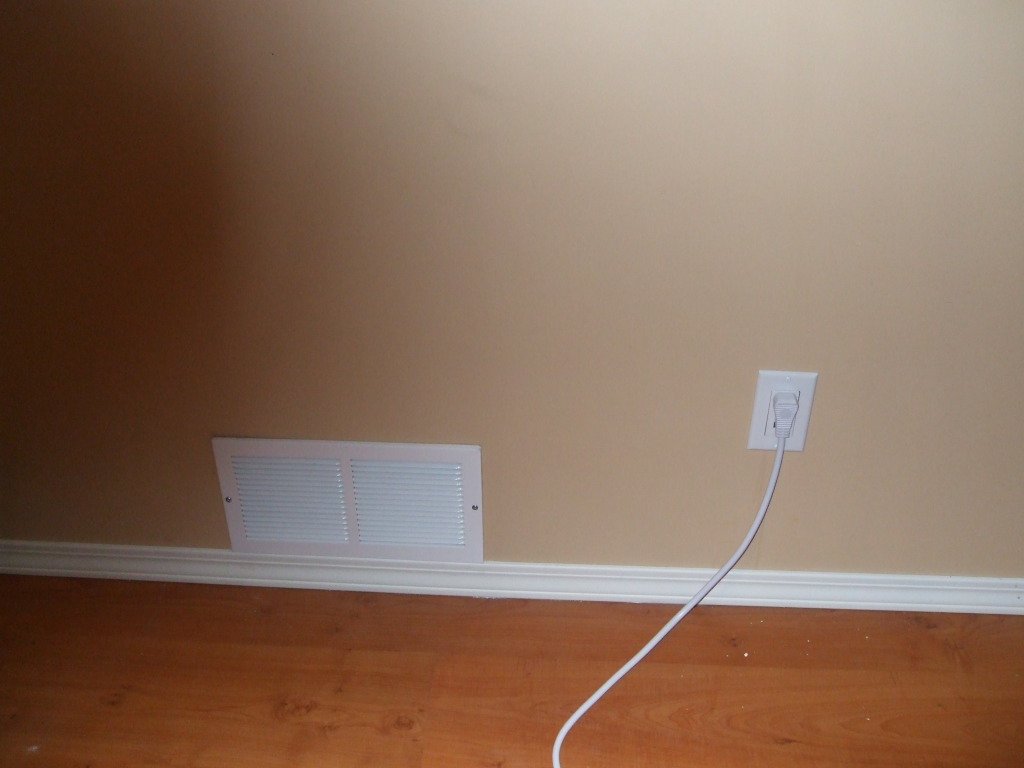 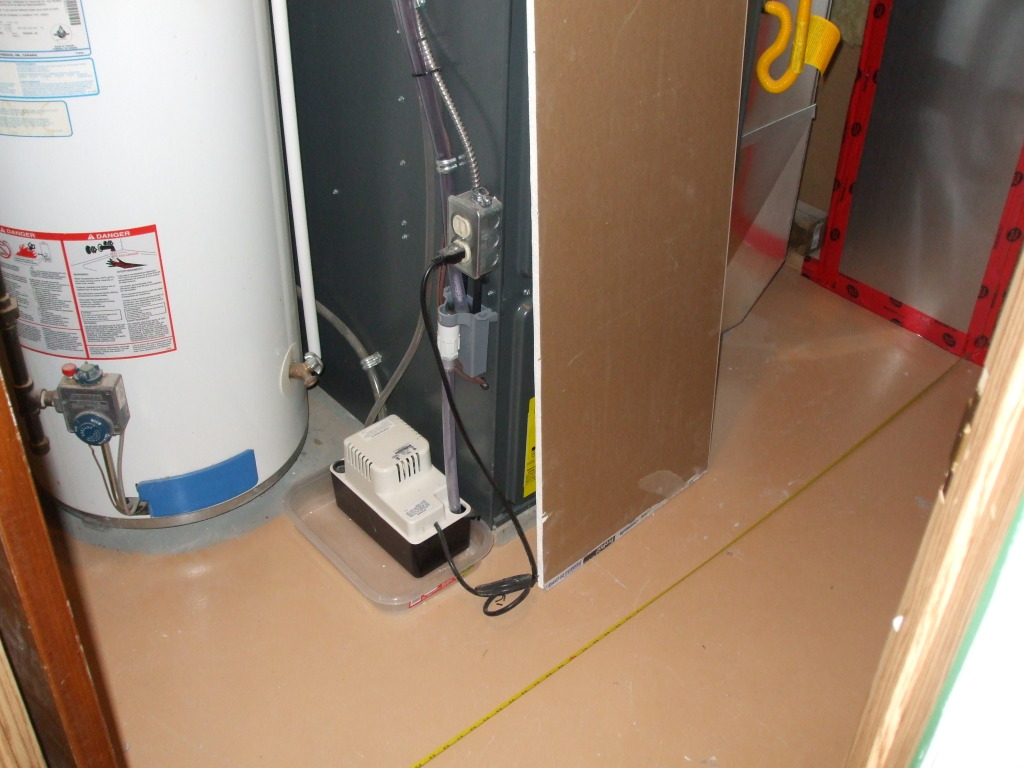 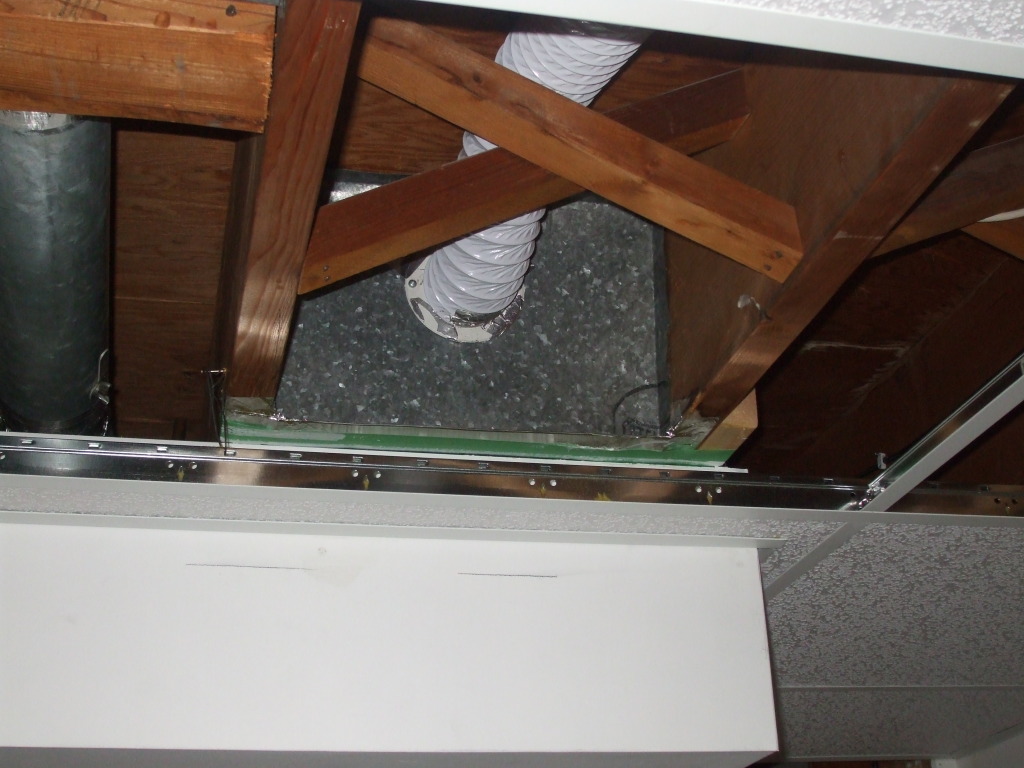
Right now, it is -19 deg C (outside), 68 deg F (inside) and 28% humidity but still frost on windows, maybe the windows are just gone and need replacing could be a possibility.
Anyways that vent I show in the picture I currently have a cardboard over to restrict the return airflow in the basement. I am thinking that the return vent in the basement is pulling too much cold air in comparison to the ones upstairs I am trying different things to see if it will work.
|
Answer One
-29C where I am now. Hot air rises and creates convection currents so it takes the moisture with it. Moisture condenses on the coldest surface and that is at the bottom of the windows. I have low E argon 3 panes and it still condenses on the bottom of mine for an inch or two. The only solution is to keep lots of air moving over the windows so they stay warmer and don't get cold enough to hit the dew point where it condenses - practically impossible. I would rather wipe mine once in the morning and keep the humidity above 30% RH so it is more comfortable than try eliminate a bit of sweating. Try keep your house at 70 may help but it does cost a bit more. Not a perfect world we live in. I keep mine at 70.
Answer Two
In the interests of confusing the discussion a little, I am going to add my own two cents to the thread.
Dew point is defined as saturation vapor density or 100% relative humidity.
Dew point is the transition temperature between evaporation and condensation. Despite popular usage, it is not “the amount of moisture that the air can hold at a given temperature”.
Warm air does not “hold” more moisture than cold air – that is a myth. However, it is not really a bad myth because it does help to explain the concept RH relatively easy to follow…. even if it isn't technically correct.
Condensation occurs on windows because the temperature of the glass is below the dew point temperature of the air resulting in moisture on the glass surface – it occurs on (or in some cases in) everything else for exactly the same reason.
Condensation may occur on the interior or exterior surfaces of the window or between the lites of a dual pane window if you have seal failure. Seal failure only affects condensation between the lites of an IG unit. If you have condensation that you can touch, it has nothing to do with seal failure.
In order to stop condensation from forming on the surface of a window you have to:
- Lower the dew point temperature of the air to a level below the temperature of the window surface, or
- You have to warm up the window surface to a temperature above the dew point temperature of the air, or
- A combination of both
Because there are two ways to lower relative humidity – either increase the air temperature or decrease the moisture content of the air – simply lowering the relative humidity of the air may have absolutely no effect on controlling interior surface condensation, or it may completely solve the problem.
How the relative humidity is lowered, and the affect that the "how" has on both the moisture level of the air and the resulting temperature of the glass, will determine whether or not a condensation problem can be controlled or eliminated.
Because there are two ways to lower relative humidity – either increase the air temperature or decrease the moisture content of the air – simply lowering the relative humidity of the air may have absolutely no effect on controlling interior surface condensation, or it may completely solve the problem.
Increasing air temperature will lower relative humidity but it will not affect the dew point temperature – which is based on the amount of water vapor in the air and is not based on the temperature of the air.
So while the RH is lower with higher air temperature, it may not effect condensation on window surfaces – unless the rise in air temperature also results in a corresponding rise in glass temperature to a level above the dew point.
Lowering the amount of water vapor or moisture in the air will lower the dew point temperature and if the dew point temperature drops sufficiently – to below the surface temperature of the glass, – then it will affect condensation formation on the surface of the glass.
The amount of moisture in the air is most easily measured in grams per cubic meter (versus fluid ounces per cubic foot), which is kind of nice for metric folks but not so nice for non-metric folks – but the metric version is much easier on the calculator than the English version.
However, in the interest of making this stuff easier to understand for all of us non-metric types, I am going to use Fahrenheit rather than Celsius temperatures for a couple of quick example calculations.
So consider a home at 65°F with a relative humidity reading of 40%.
In this scenario, there are 6.25 grams of water in a cubic meter of air in the home, which equates to a dew point temperature of 38°F.
38°F is 100% relative humidity or saturation vapor density or the temperature where condensation occurs.
Consider a second home at 75°F but also with 6.25 g/m³ of water in the air. This second home has a relative humidity of 29% - versus 40% in the first home - but, and here’s the kicker, the dew point temperature hasn’t hanged. In the second home, it is still 38°F.
So, while the relative humidity in the second home is much lower than is the relative humidity in the first; if the surface temperature of the glass in either home is 35° or lower those windows are likely to have surface condensation regardless of the substantially lower RH reading in the second home. However, if the glass surface temperature of the windows is 40° – only five degrees warmer – it becomes much less likely to find condensation on the windows.
A very quick rule of thumb on window performance:
Single Pane – R1 or U1
Single Pane and storm window – R2 or U.5
Dual Pane, clear glass – R2 or U.5
Dual Pane, Low E coated – R3 or U.33
Dual Pane, Low E coated, Argon fill – R-3.5 or U.29
Triple Pane or dual pane with storm, all clear glass – R3 or U.33
Triple Pane, one lite Low E coated – R4 or U.25
Triple Pane, two lites Low E coated – R5 or U.20
Triple Pane, two lites Low E coated, argon fill – R6 or U.17
Triple Pane, two lites Low E coated, krypton fill – R7 or U.14
Keeping in mind that these are glass-only numbers that will vary depending on factors such as airspace width, type of Low E coating used, and other specific construction details.
Whole window performance will vary even more depending on style (casement versus double hung for example), sash and frame material (wood versus vinyl versus fiberglass versus aluminum), etc.
Vent Air Humidify, Dehumidify Chart
|
|
Now it's my turn to add two cents to the discussion:
All these hi-tech talks don't make too much sense, because they do not offer a voluble solution to what a homeowner should do:
- Should he make a relative humidity even lower? No, it is unacceptable and he said that.
- Keep lots of air moving over the windows so they stay warmer - this is impossible to do!
- Replace all the windows to the higher R-value - this is extremely expensive!

Beside all that, his house and his family may need higher level of relative humidity anyways.
If he will keep very low RH in a house, it may develop cracks on the walls and ceilings, create wide gaps in the hardwood floor and so on. His family may suffer from sinus problems, dry throat and so on.
In my opinion, the acceptable level of relative humidity should be ranging from 35% to 50%! Only then, he and his family will feel comfortable in their house and a house itself will be in a good shape.
Therefore, if this man would ask this question on my site I would recommend him to raise the RH level to 40% and, as it was suggested above - "I would rather wipe mine once in the morning". However, I think that he can wipe
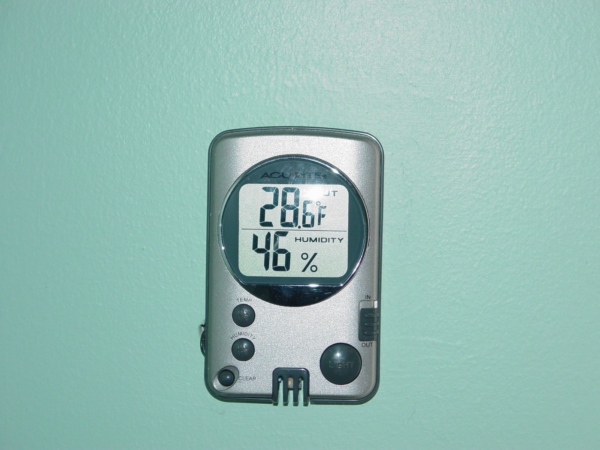 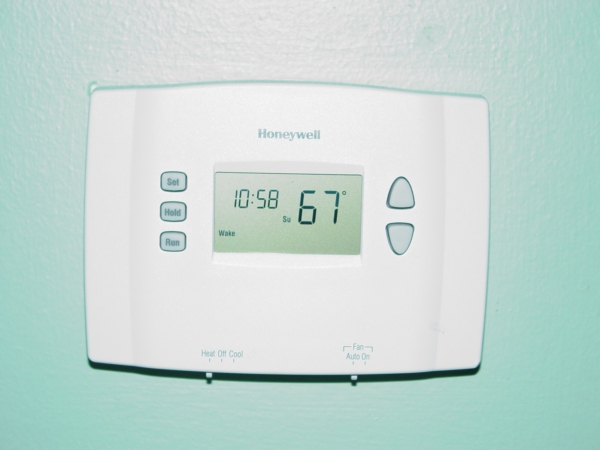
windows only once in a week, as I do. And I am doing that only to prevent the black mold from growing.
In addition, if your current by-pass humidifier does not keep up with the higher level of humidity and/or you would like to learn how to save on your water bill please visit this page on my site.
|
|
Offset/Riser Calculation Formula
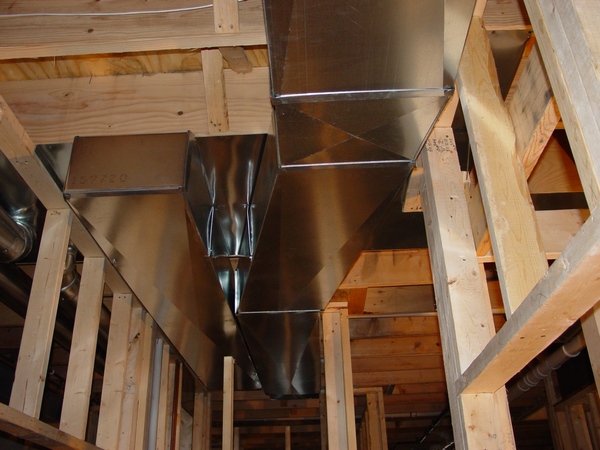
For the price of only $1.34 learn offset/riser calculation formula.
|
|
|
A website "ductworkinstallation. com" focus on providing information and services related to the installation of ductwork systems , which are the tubes used to distribute heated or cooled air throughout a building as part of an HVAC system; essentially, it would be a platform for individuals or companies specializing in designing and installing ductwork for homes and commercial properties, offering details on the process, and potential contractors to contact for such services.
Key points about ductwork installation websites:
Services offered:
New ductwork installation, ductwork repair, duct cleaning, duct sealing, airflow balancing.
Target audience:
Homeowners looking to install a new HVAC system, individuals experiencing issues with their existing ductwork, commercial property owners needing ductwork for large buildings.
Information provided:
Explanations on different types of duct materials, design considerations for optimal airflow, potential benefits of proper ductwork installation.
|
|